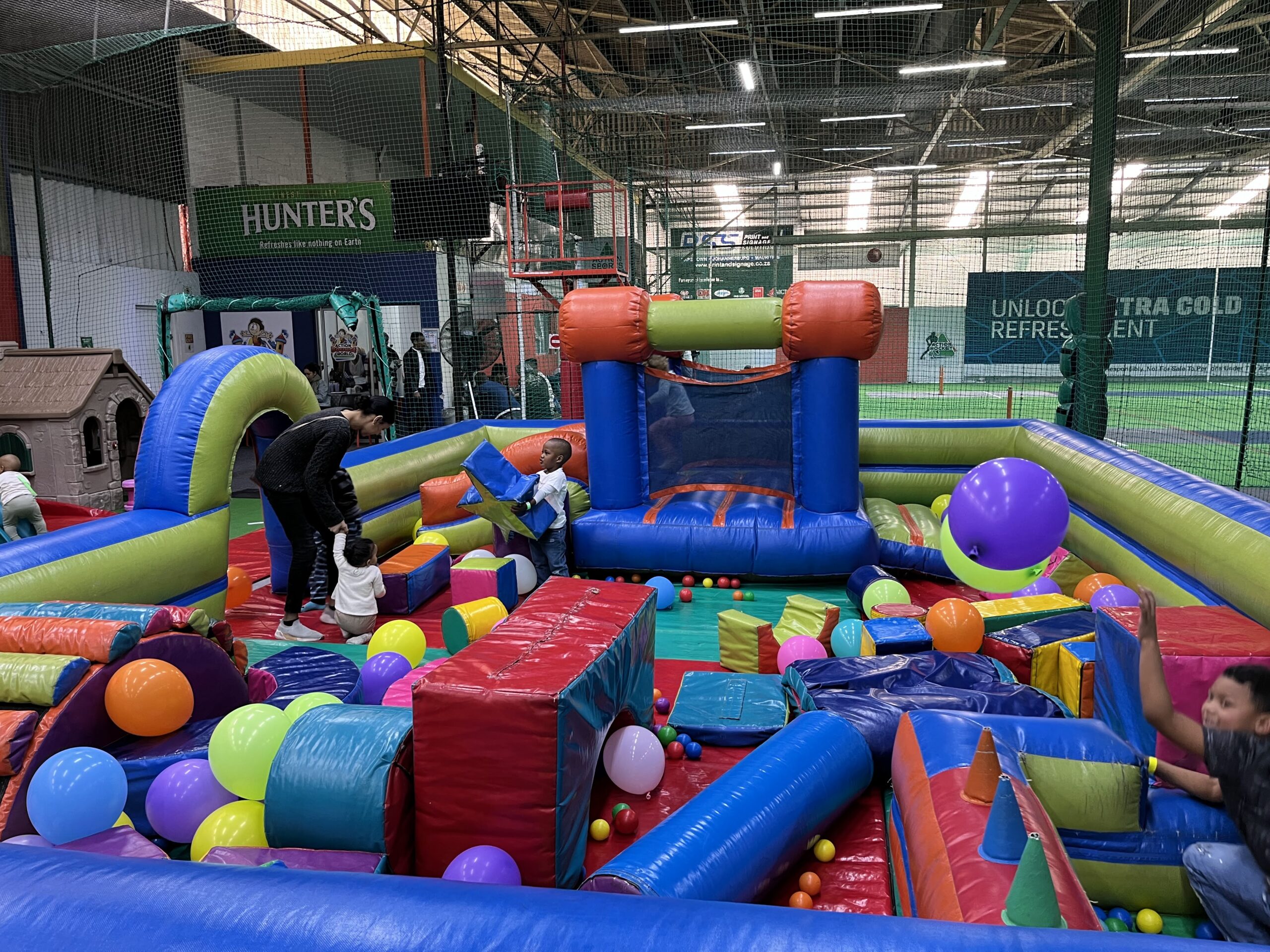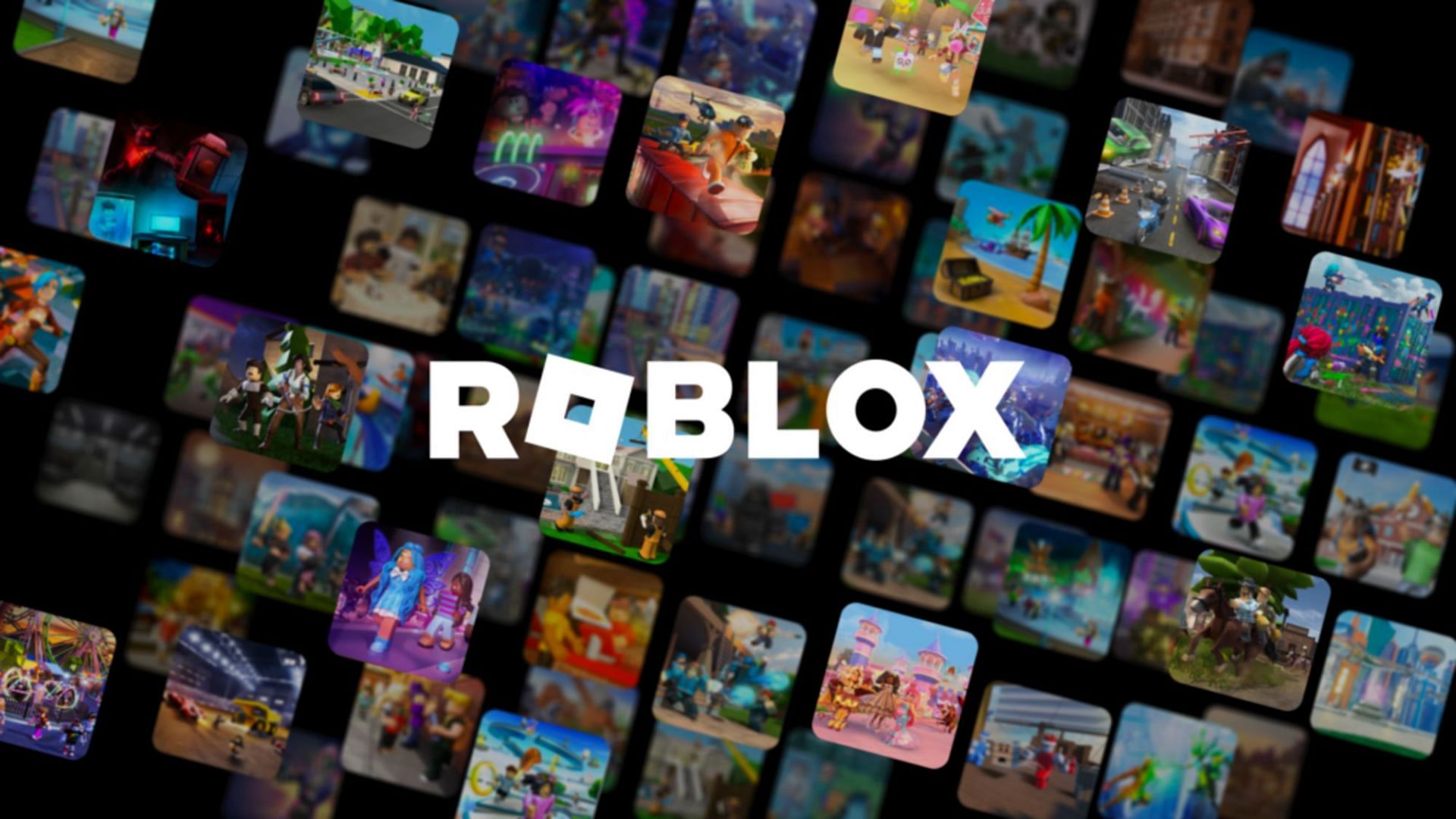The Playful Side of Beagles: Exploring the Complexities of Canine Recreation
Beagles, renowned for their affectionate companionship and ebullient spirits, exhibit an innate love for play that manifests in a kaleidoscope of engaging activities. However, beneath this seemingly innocuous facade, the playful nature of beagles unveils a labyrinthine tapestry of complexities, intertwining biological instincts, cognitive abilities, and the transformative power of human interaction. This essay delves into the intricacies of beagle play, examining the diverse perspectives, scientific inquiry, and practical applications that shape our understanding of this captivating canine behavior.
The Biological Imperative: A Foundation of Instincts
Play, a ubiquitous feature across the animal kingdom, is not merely an idle pastime but an integral component of a species' biological repertoire. Beagles are descended from hunting hounds, and their playful antics bear the imprint of this ancestral heritage. Their natural instincts to chase, stalk, and retrieve are channeled into games such as fetch and hide-and-seek, providing a safe and controlled outlet for these deeply ingrained behaviors.
Furthermore, play serves a vital role in the physical and cognitive development of beagles. Puppies engage in mock fights, practice stalking and chasing, and explore their surroundings through play, honing their motor skills, coordination, and problem-solving abilities. This playful exploration also forges strong bonds between littermates and between puppies and their caregivers.
Cognitive Enrichment and Emotional Well-being
Beyond the biological imperatives, play also holds immense significance for the cognitive and emotional well-being of beagles. Playful activities stimulate their minds, fostering curiosity, flexibility, and creativity. Interactive games, such as puzzle toys and agility courses, challenge their cognitive capacities and provide a sense of accomplishment.
Moreover, play is a powerful stress reducer for dogs. Engaging in enjoyable activities releases endorphins, creating feelings of happiness and relaxation. Play also provides an outlet for pent-up energy and frustration, preventing destructive behaviors and promoting overall mental health.
The Human-Canine Connection: A Collaborative Experience
The playful relationship between beagles and humans transcends biological instinct. Play becomes a shared experience, enriching the bond between species and fostering a deep sense of companionship. Through games, laughter, and physical interaction, humans and beagles create a unique tapestry of shared memories and emotions.
Research has shown that play can enhance the human-canine bond, reduce anxiety in both parties, and improve overall well-being. Playtime provides a space for mutual trust, affection, and communication, strengthening the bond between humans and their canine companions.
Critical Analysis of Perspectives: Unraveling Divergent Views
Despite its multifaceted nature, the concept of beagle play has not escaped critical scrutiny. Some argue that excessive play can lead to hyperactivity and behavioral problems. However, responsible play that is tailored to the individual dog's needs and temperament can mitigate these concerns.
Another perspective challenges the notion of play as purely enjoyable for beagles. While some dogs may find immense pleasure in play, others may experience stress or anxiety in certain situations. Respecting each dog's preferences and providing a variety of play options ensures that all beagles can benefit from this enriching activity.
Practical Applications: Harnessing the Power of Play
Understanding the complexities of beagle play has significant practical implications for dog owners and professionals. Responsible dog ownership entails providing ample opportunities for play and enrichment activities. This includes daily walks, interactive games, and access to a safe and stimulating environment.
Play can also be used as a training tool. Incorporating play into obedience training sessions makes learning more enjoyable and effective for beagles. Games such as hide-and-seek and tug-of-war can teach dogs basic commands while simultaneously strengthening their bond with their handlers.
Conclusion: A Tapestry of Joy and Complexity
The playful side of beagles unfolds as a intricate tapestry, woven together by biological instincts, cognitive abilities, and the transformative power of human interaction. Exploring the complexities of this multifaceted behavior unveils its profound importance for the physical, cognitive, and emotional well-being of beagles.
While play is an essential component of a beagle's life, it is crucial to approach it with a nuanced understanding that encompasses responsible practices, respect for individual preferences, and a commitment to fostering a strong and mutually enriching bond between humans and their canine companions. As we continue to delve into the complexities of beagle play, we uncover not just a source of joy but a window into the profound and enduring connection that exists between species.
Why Doberman Pinschers Are Great For First-Time Dog Owners
Beagles And Their Amazing Nose: Fun Facts About Their Scenting Ability
How To Raise A Happy Abyssinian Kitten

:strip_icc()/beagle-RolfKopfle-Photolibrary-Getty-135631212-56a26b1d3df78cf772756667.jpg)

